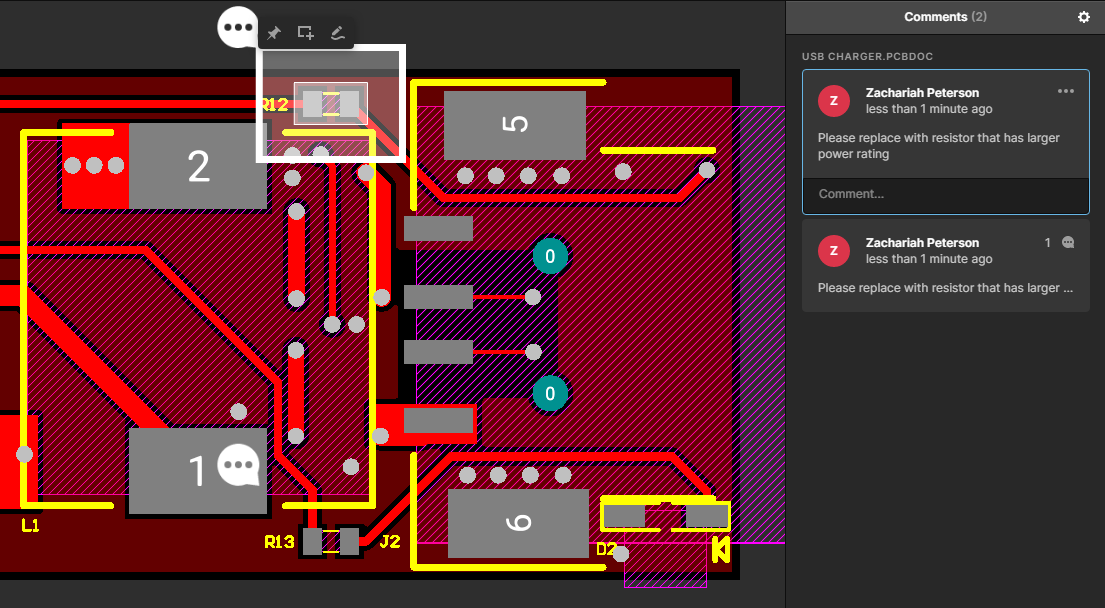Take Control of the Electronics Life Cycle with Cloud Collaboration

The electronics life cycle is a funny thing in that it relies so heavily on component lifecycles. Despite this relationship, every electronic product lifecycle follows a similar track as any other product. New products start with early adoption, later rise with sustained growth to peak adoption, and fade as new products become available with better features. Once you accept this fact, you can determine how to plan out your design and business strategy to take advantage of each phase’s electronics life cycle.
If your team is working on new products and want to take control of your product’s life cycle, you need two types of life cycle visibility: full supply chain information and product lifecycle management. Using Altium Designer on the Altium 365 platform gives your team visibility into both aspects of the electronics life cycle. Here’s how you should think about these aspects of the product lifecycle and why your team needs this visibility.
.jpg)
What Affects the Electronics Life Cycle?
Electronics life cycles are getting shorter for a number of reasons. In electronics, a product’s lifecycle depends in part on the lifecycle for the components that make it function. Any design team that wants to ensure a long lifecycle and fewer redesigns over the product’s lifetime understands what causes NRND or obsolete components. This is also a business problem: a product can suddenly go obsolete for reasons that have nothing to do with component obsolescence.
In these days of rapid technology development and shorter consumer attention spans, any product’s electronics life cycle becomes hard to predict. Here are some of the factors that affect an electronic product’s lifecycle:
- Consumer demand. This is as much a business problem as it is a design problem. Consumer tastes change over time,
- Competitive product releases. When a competitor releases a product that challenges your market share, your designs may need to adapt. This might force a change at the hardware level, triggering a redesign.
- Component obsolescence. If components in your product go NRND obsolete, you’ll need to update your product so that it can continue to be produced at scale, or it should be scrapped in favor of an entirely new product.
- New components provide more features. This point and the previous point about obsolescence are not mutually exclusive. However, when new versions of your core components become available, the risk of a current component in your design going obsolete increases. A component might go NRND if there is a newer version available, but the component may remain in production before being fully deprecated.
I’ve opened an ActiveBOM document for a recent revision of an ongoing project in the image below. I had to go back and replace several out of stock components and a few obsolete components simply because the designer did not check the supply chain early in the design process. The designer stuck with tried-and-true components for which they already had symbols and footprints. Thankfully, these obsolete components (see the Schottky diode below) all had standard packaging, so the redesigns went by quickly. It could have been worse; if the central SoC were to have gone obsolete, we would have a significant redesign to deal with (both at the board and firmware levels).
.png)
The long-term lifecycle of this device is short, as it includes NRND and obsolete components. If the product is to be released repeatedly, the design team will need to select alternative components to extend its lifetime.
How extensive will the redesign for this product need to be? This is an open question. For simpler components like passives in standard packages, the redesigns are not extensive; a skilled designer can implement these rather quickly. Because SMD passives tend to come in standard packages, it’s a simple matter to swap in an alternative component in the schematic and PCB layout. For an IC or SoC, you’re placing yourself at a huge risk as you have to rely on the component manufacturer to ensure forward compatibility for any code you compile to the device. It’s better to identify and swap the component for a suitable alternative now, rather than wait until the component can no longer be procured.
For embedded systems with specialty ICs, specialty SoCs, sensors, or other components, the redesigns required can be more extensive and even extend to the product’s firmware. If you’re sticking with a well-known vendor that runs on standard IP (e.g., MCUs that run on Arm Cortex cores), the libraries required for firmware development will see smaller changes, which reduces the extent of any redesign and development tasks.
Manage the Electronics Life Cycle in the Cloud
If you can give everyone on your team access to component lifecycle information early and track your designs' lifecycle status, you can create a management process that anticipates redesigns, rather than reacting to them. Everything depends on sharing design data with everyone on your team, which becomes easy with the right set of cloud collaboration tools.
When everyone on your team needs product and component lifecycle visibility, use the collaboration features in Altium Designer on Altium 365. Your team can anticipate any design changes required to extend the electronics life cycle for your product. This includes spotting obsolete components, which can be tagged in a PCB layout or schematic and marked for replacement.

You can also share your designs without emailing copies of design data and libraries to your design team. The revision tracking, commenting, and access control features make it easy to administer your designs from anywhere while tracking work performed by other team members. No other cloud platform provides this type of integration with Altium Designer.
Altium Designer on Altium 365 is bringing an unprecedented amount of integration to the electronics industry until now relegated to the world of software development, allowing designers to work from home and reach unprecedented levels of efficiency.
We have only scratched the surface of what is possible to do with Altium Designer on Altium 365. You can check the product page for a more in-depth feature description or one of the On-Demand Webinars. Would you like to find out more about how Altium can help you with your next PCB design? Talk to an expert at Altium and learn more about making design decisions with ease and confidence.
